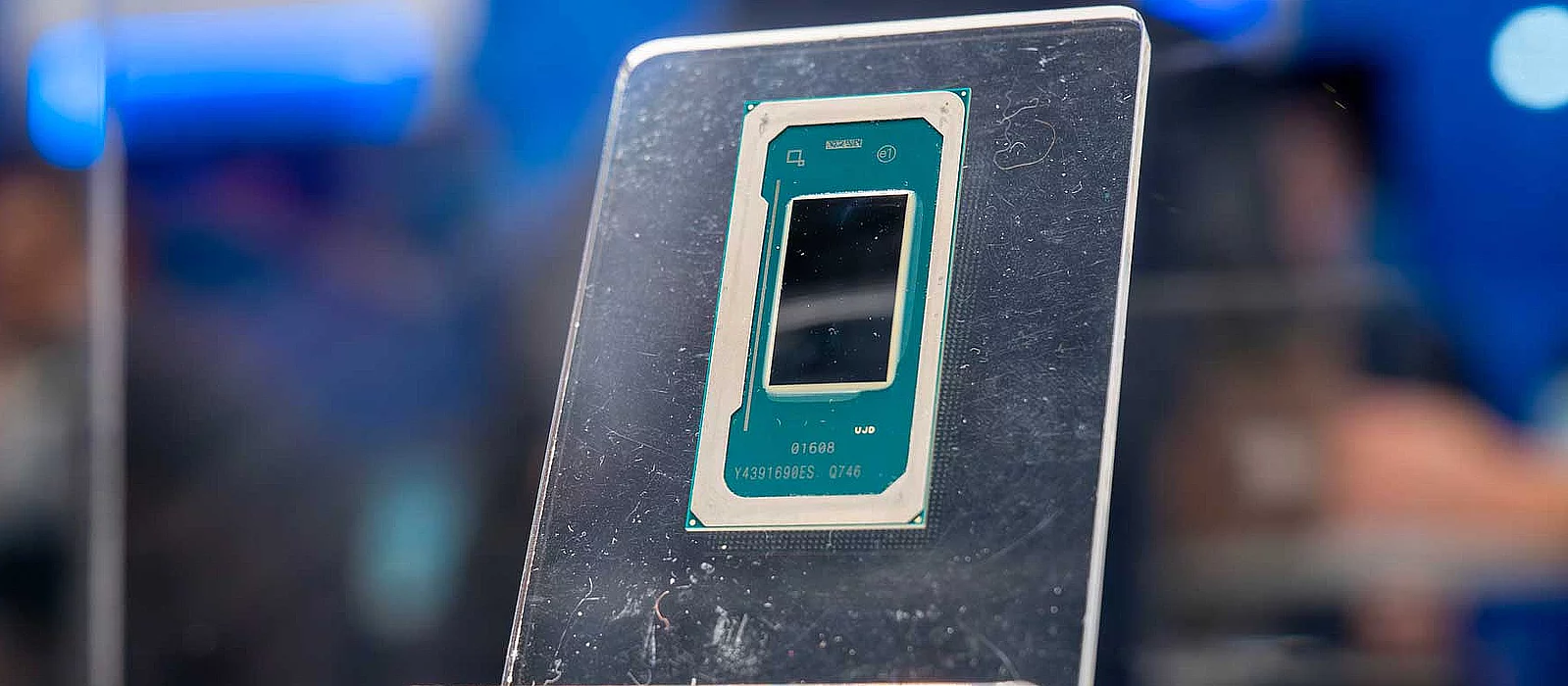Intel Unveils Panther Lake — First Details on Core Ultra 300

At the Embedded World 2025 exhibition, Intel publicly debuted the Panther Lake processors, a key part of its strategy to reclaim leadership in the semiconductor market. Presented live for the first time to a broad audience, the new processors underscore Intel’s ambitions in technology miniaturization and artificial intelligence.
Panther Lake is built on Intel’s 18A process node (1.8nm), which the company calls a "technological bridge to the future." The chip features innovative RibbonFET (GAA) transistors and the PowerVia power delivery system, enhancing both power efficiency and component density. Panther Lake marks Intel's first mass-market product to fully abandon planar transistors — a potentially pivotal move in its competition with TSMC and Samsung.
The Panther Lake consumer lineup will launch under the Core Ultra 300 series, featuring up to 16 hybrid cores: high-performance Cougar Cove (P-cores), power-efficient Skymont (E-cores), and LP cores for background tasks. The standout feature, however, will be the integration of Xe3 (Celestial) graphics with up to 12 cores in top-tier configurations — promising a breakthrough in gaming and rendering. Intel also shared production details for the first time: while the CPU modules will be manufactured on Intel’s 18A node, the 12-core GPU will be produced by TSMC using its N3E process — highlighting Intel's flexible production strategy.
Panther Lake is designed for AI workloads, delivering up to 180 TOPS of performance — sufficient for running complex models like generative neural networks locally. However, Intel has taken a step back in one area: Panther Lake will not include On-Die-Speicher, the embedded memory used in Lunar Lake. According to Intel, this decision was driven by cost efficiency and the goal of simplifying mass production.
The first Panther Lake-H-based devices — including gaming and professional laptops — are expected to launch in the second half of 2025. However, the broader consumer rollout, including desktop PCs, is scheduled for 2026. Analysts attribute this timeline to the need for refining the new manufacturing process, which will be critical for Intel’s future products, including its server lineup.
Panther Lake is more than just a new processor — it’s a symbol of Intel’s transformation. The shift to the 18A process, hybrid architecture, and AI focus signal that Intel is ready to combine in-house innovations with partner solutions to regain lost ground. Will it be enough to challenge Apple’s M-series and AMD’s Ryzen AI? We’ll find out in a year.
-
Intel Unveils Exclusive Core Ultra 5 230F Processor
-
Microsoft Launches Surface Line with Intel as an Alternative to Its Own ARM-Based Devices
-
Mistake or Prototype? Intel Core i9-15900K Spotted in Geekbench
-
Intel Panther Lake-H Details Leak Online
-
Intel could be sold off in parts: Deals with TSMC and Broadcom under discussion


